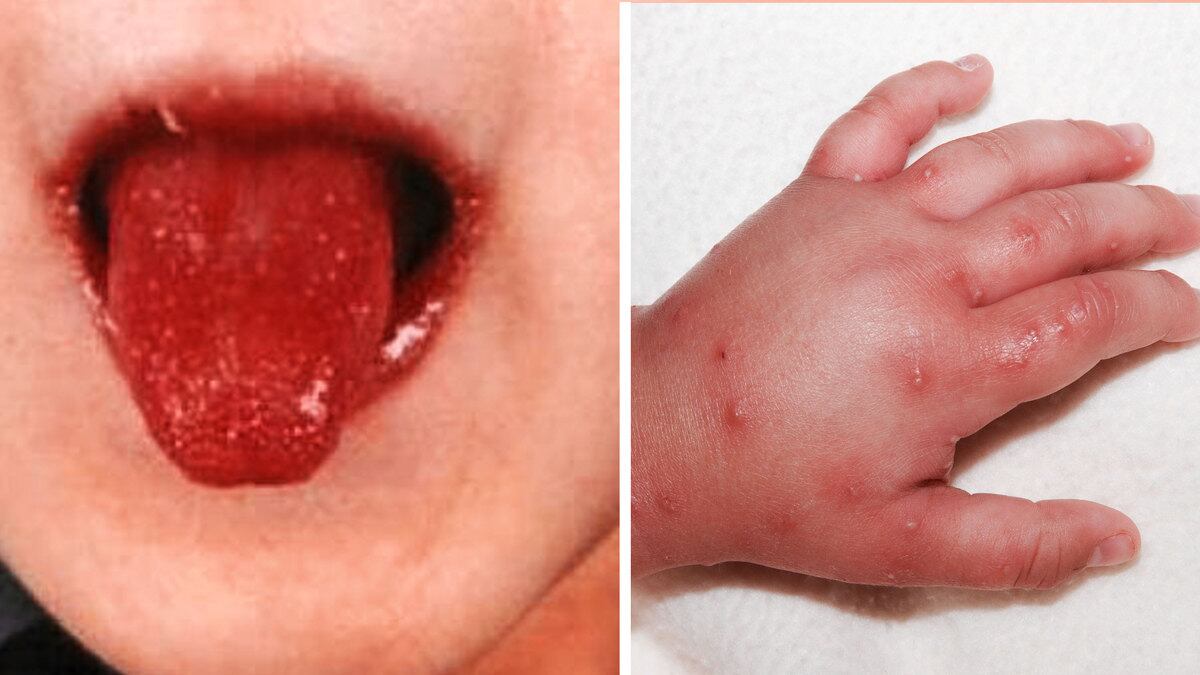Science
Photo Illustration by The Daily Beast/Getty
Why Is a Rare Illness Suddenly Spiking in Kids? And Is There a Corona Connection?
‘CLEARLY EXTRAORDINARY’
An increase in COVID-19-positive kids with symptoms similar to a rare inflammatory disease has left doctors scratching their heads.






